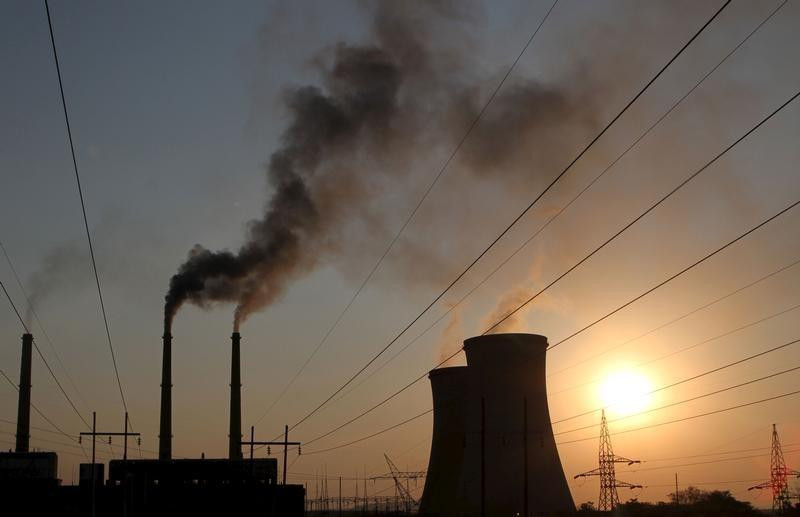
ZIMBABWE is currently grappling with a persistent power deficit that hampers economic growth, industrial productivity and the quality of life for its citizens.
With electricity demand outpacing supply, frequent blackouts and energy shortages have become a recurring issue.
One of the most promising solutions to this challenge lies in the development of public-private partnerships (PPPs) --- strategic collaborations that bring together the strengths of both the public and private sectors to scale up renewable energy infrastructure.
PPP are critical in bridging the infrastructure financing gap in Zimbabwe.
They offer a practical pathway for deploying large-scale energy projects by combining the government’s regulatory and policy capabilities with the private sector’s capital, technology, and expertise.
For Zimbabwe, PPPs can unlock a new wave of investments in solar farms, hydroelectric plants, wind projects, and energy storage systems — technologies essential for diversifying the energy mix and ensuring long-term sustainability.
Moreover, PPPs help de-risk investments.
Through incentives and policy support, the government can make energy projects more attractive to private investors, while investors bring in innovation and efficient management practices.
- Rampaging inflation hits Old Mutual . . . giant slips to $9 billion loss after tax
- Man loses car while chatting with girlfriend
- Mosi Oa Tunya makes fresh inroads
- Directors move to tackle governance crisis
Keep Reading
This collaborative model ensures mutual benefits — governments meet energy and sustainability goals, and private players achieve viable returns on investment.
A powerful illustration of a successful public-private approach is Old Mutual Zimbabwe’s ongoing commitment to renewable energy.
The company has taken a three-tiered approach to contributing to the country’s clean energy future.
Old Mutual has integrated renewable energy into its operations by installing solar power systems at its head office and major branches, generating about 1,4 megawatts of clean energy.
This internal shift not only reduces their carbon footprint but also serves as a model for responsible corporate behaviour.
Old Mutual has also invested directly in the development of energy infrastructure across the country.
Their contributions include solar power projects in Hwange, Masvingo, Matabeleland South and near Harare, as well as a hydroelectric plant in Manicaland.
These projects have already added up to 43 megawatts to the national grid or microgrid systems, helping to alleviate Zimbabwe’s energy shortfall.
Taking its commitment further, Old Mutual launched a US$100 million Renewable Energy Fund, developed in partnership with the government, private investors, and UN agencies.
This blended finance structure — where public, private, and impact-focused actors pool resources — has already mobilised US$21 million, with US$10 million allocated to active projects.
The fund aims not just to deploy capital but to act as a catalyst for scaling up renewable energy development in Zimbabwe.
Zimbabwe’s renewable energy potential is vast and largely untapped.
With abundant sunshine, significant hydro resources, and emerging interest in wind and geothermal power, the country is well-positioned to become a regional leader in clean energy.
Key opportunities include:
- Lower costs, greater access: Rapid declines in solar and wind technology costs make renewables more economically viable than ever before.
- Job creation and economic growth: Investing in renewables spurs local industries and creates employment across the value chain—from installation to maintenance.
- Environmental sustainability: Clean energy projects help reduce dependence on fossil fuels, cutting carbon emissions and contributing to global climate goals.
- Rising global and local investment: Global climate agreements and investor interest in green infrastructure are channelling capital into Africa’s energy sector.
Zimbabwe’s power crisis is not insurmountable — but it demands bold, coordinated action.
PPPs offer a strategic way forward, combining governmental support with private sector innovation and investment.
The example of Old Mutual underscores how committed institutions can lead by example, channeling both capital and influence into sustainable solutions.
As Zimbabwe looks to the future, expanding access to clean, reliable energy through PPPs and strategic investment will be critical, not just for economic revival, but for securing a resilient and environmentally sustainable future for all.






